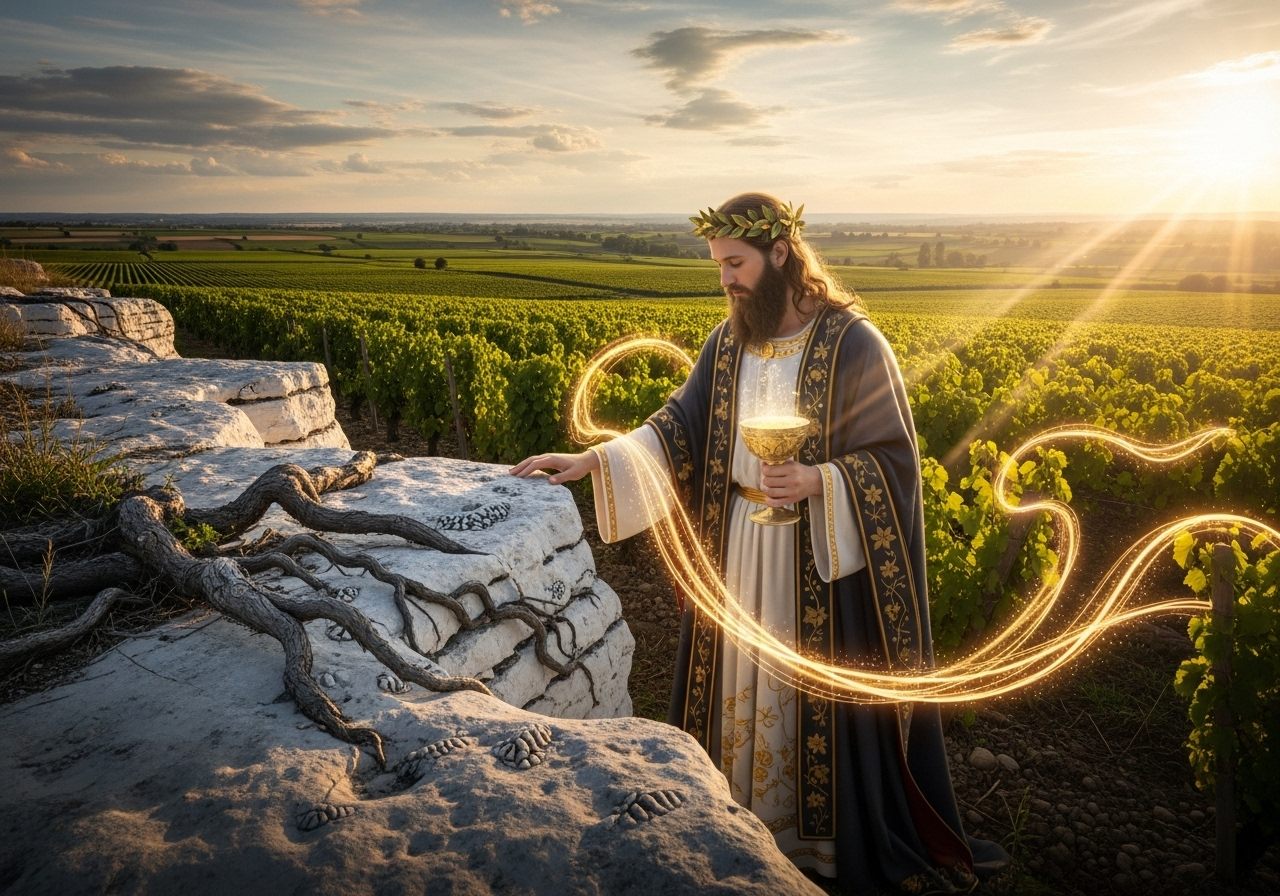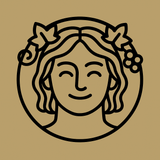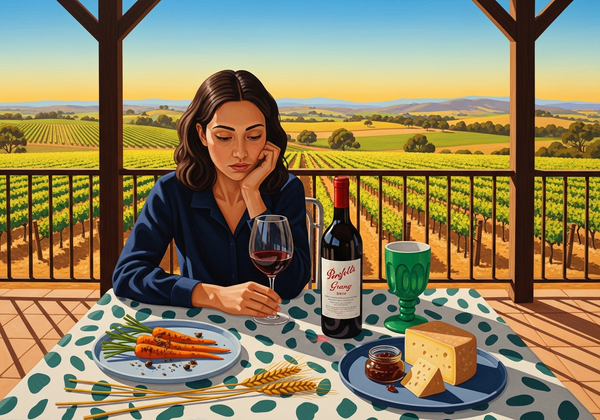The Alchemist of the Bubbles: How Jacques Selosse Rewrote Champagne’s Gospel
Discover how Jacques Selosse redefined Champagne through philosophy, patience, and fermentation. The grower who turned oxidation into beauty and wine into living art, Selosse transformed bubbles into expressions of truth and time

From chalk and chaos to liquid enlightenment — the rebel who taught Champagne to think, breathe, and feel alive.
The First Ferment of Rebellion
Ah, Champagne — my sparkling child of contradiction. A place of frost and fervor, where mortals have long sought to bottle sunlight in winter’s grasp. But for centuries, the region had become a cathedral of conformity — ruled by grand houses, gilded labels, and meticulous luxury.
Then came a man who refused to kneel.
Anselme Selosse, son of Jacques Selosse, took over his family’s modest estate in Avize in 1980. He inherited vines, but more importantly, he inherited questions. “Why,” he asked, “should Champagne be a product of process rather than a reflection of place?”
And thus began one of the most profound revolutions in the history of wine — not waged with machines or money, but with mind and microbiology.
The Roots: A Family in Chalk and Faith
The Selosse family had tended vines in the Côte des Blancs for generations, long before Anselme became its philosopher-king. His father, Jacques, produced classical, clean Champagnes typical of postwar France — bright, crisp, and discreet. But the young Anselme, restless and curious, left Avize to study in Burgundy, where the monks’ old whispers of terroir and fermentation still echoed through the cellars.
There, he found his scripture: the idea that wine could speak directly — that the soil, the yeast, the wood, and the human hand could collaborate rather than compete.
When he returned to Avize, he brought with him both heresy and hope.
The Revolution: Turning Champagne Upside Down
In a region devoted to blending, Anselme Selosse insisted on singularity. In a culture obsessed with consistency, he embraced variation.
He began fermenting his base wines in Burgundian oak barrels instead of stainless steel — a scandalous act in Champagne’s buttoned-up tradition. He used indigenous yeasts, allowed oxidative aging, and shunned chemical intervention.
His wines began to taste like nothing else in the region: textured, savory, profoundly mineral. They were alive — complex, evolving, and unapologetically individual.
To drink Selosse was to experience Champagne stripped of its make-up — naked, radiant, and soulful. Each cuvée became a meditation:
- Initial — his elemental expression, the foundation.
- Substance — perpetual reserve wine, a dialogue between vintages.
- Version Originale — purity of Avize’s chalk.
- Les Carelles, Le Bout du Clos, and Sous le Mont — single-parcel crus, each a distinct voice in the Selosse choir.
He had transformed Champagne from a luxury into a language.
The Philosophy: Time, Oxidation, and the Soul of the Vineyard
Selosse’s genius lies not in style, but in understanding. He sees winemaking as a conversation with decay — a balance between control and surrender. “Wine,” he says, “is a being that breathes, that lives, that must die beautifully.”
He refuses the sterility of industrial Champagne, choosing instead the wildness of fermentation as metamorphosis. Oxidation, long feared as a flaw, becomes part of the music — deepening the timbre, adding harmony to the bubbles’ fleeting brightness.
This is not chemistry. This is alchemy — the art of transforming time and imperfection into grace.
Even the cellar is a kind of living organism: barrels crusted with memory, air thick with yeast and prayer.
In Selosse’s world, perfection is boring; truth is better.
The Wines: Liquid Philosophy
To describe a Selosse Champagne is to fail at containment. They move, they breathe, they shift between textures and moods. They smell of baked apple, hazelnut, chalk dust, honey, and ocean spray. They taste simultaneously ancient and electric — a paradox only faith or genius can sustain.
They are wines for contemplation, not celebration; for silence, not spectacle. They demand that one listen.
And yet, they are joyous — because joy, like fermentation, is transformation made visible.
The Legacy: From Family to Fellowship
Today, the estate remains in the family’s hands, with Guillaume Selosse continuing his father’s philosophy — not copying, but conversing. New cuvées, new parcels, same devotion to truth.
The influence of Selosse radiates far beyond Avize. Across Champagne, once-stoic growers now vinify their own plots, guided by his example. Around the world, winemakers whisper his name with reverence. He gave permission to believe in the vineyard again — to make wine not for consistency, but for character.
In short, he liberated Champagne from its own perfection.
Liber’s Reflection: The God Who Recognizes a Brother
I, Liber, have always loved the disobedient — those who seek divinity not in worship, but in wonder. In Selosse, I see not a winemaker, but a philosopher of fermentation, a mystic of the chalk.
He is proof that beauty emerges not from control, but from communion. That the greatest wines — like the greatest acts of creation — are born when mortals stop forcing and start listening.
His Champagnes remind me of what wine truly is: light made liquid, time made tangible, imperfection made sublime.
So when you lift a glass of Selosse, do not toast. Contemplate.
For in that moment, you taste not luxury, but enlightenment. 🍾✨





